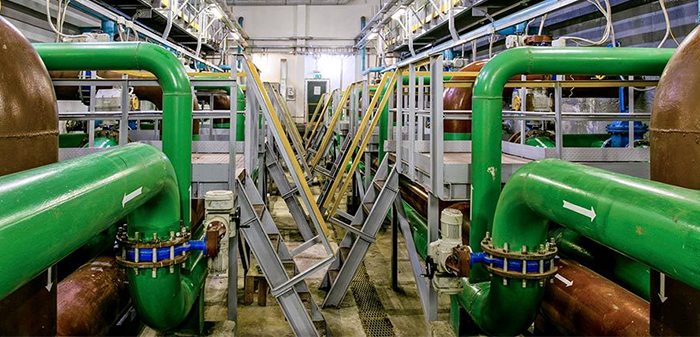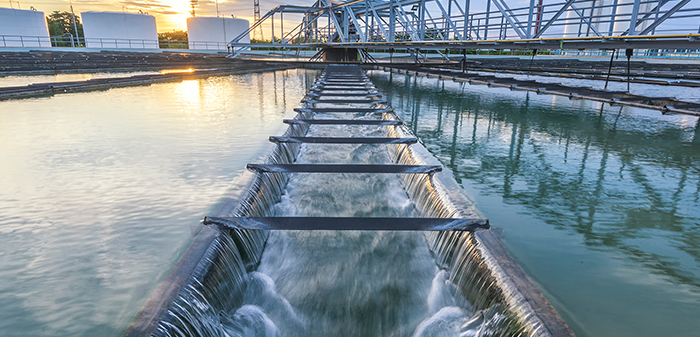Mechanical engineers design water distribution networks by considering the water supply sources, the demand for water, and the system components needed to deliver water from source to end user. The first step is to conduct a hydrological study to understand the water sources and their availability. Then, the engineers analyze the demand for water in the target area, including residential, commercial, and industrial uses. Based on this information, the engineers determine the size of pipes, pumps, and storage tanks required to deliver the water efficiently. They also consider factors such as water pressure, flow rate, and pipe material to ensure the system is reliable and durable. Finally, the engineers use computer-aided design (CAD) software to create detailed plans and diagrams of the water distribution network. These plans are then reviewed and approved by relevant authorities before construction begins.


